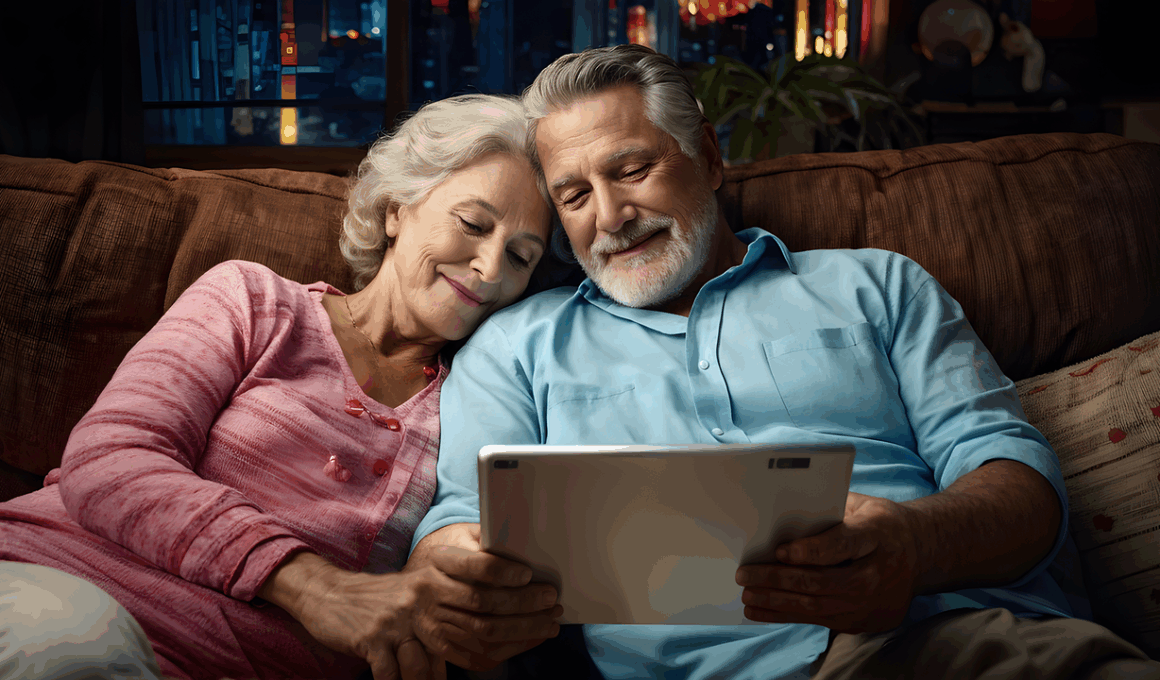Technology and Apps to Monitor Postural Alignment in Senior Fitness
In recent years, technology has increasingly influenced how we approach fitness, particularly in senior fitness. Monitoring postural alignment is crucial for older adults as it can significantly impact their balance, joint health, and overall quality of life. Various technologies and apps have emerged, tailored specifically to assist seniors in tracking their posture. These tools provide insights into postural deviations and help in correcting them with guided exercises. Many apps are user-friendly, allowing even technology-averse seniors to benefit from them. Advanced algorithms analyze user data to offer personalized recommendations, which can enhance the effectiveness of core training routines. Incorporating technology into fitness routines empowers seniors, making fitness more enjoyable and accessible. Furthermore, devices such as wearable fitness trackers can provide real-time feedback on body alignment throughout daily activities. With these tools, seniors can receive encouragement and motivation to maintain correct posture, thus reducing the risk of injury. Overall, embracing technology in senior fitness can foster better health outcomes and an improved lifestyle.
The Role of Wearable Technology
Wearable technology has revolutionized health monitoring, offering invaluable support for postural alignment in seniors. These devices, which include smartwatches and fitness bands, can provide continuous feedback on body movements and alignment. Some wearables come with sensors that detect posture changes, alerting users when they slouch or deviate from ideal posture. This real-time feedback allows seniors to make quick adjustments, which significantly benefits their physical well-being. Many wearables sync with smartphone applications, enabling users to track their data, set goals, and monitor progress over time. Moreover, this technology encourages behavioral changes by gamifying fitness, making it more engaging. Many seniors appreciate receiving hints or challenges specific to posture improvement, fostering a community feel as friends and family can join in. This interactive aspect of wearables promotes consistency in core training exercises as users become more invested in their health. Budget-friendly options also exist, making these devices accessible to a broader range of seniors. In summary, the proliferation of wearable technology offers tremendous potential in helping seniors maintain optimal postural alignment through a proactive and engaging approach.
Beyond wearable technology, numerous applications have emerged to facilitate postural alignment and core training. Several mobile apps focus on instructional videos and exercises specifically targeting core strength, which is essential for maintaining a proper posture. Applications like MyFitnessPal and Fitbod have integrated features that guide users through tailored workouts highlighting core strengthening techniques. Such programs often provide feedback on performance, promoting form improvement and postural awareness. Furthermore, these fitness apps may offer reminders and progress tracking features, allowing seniors to adhere to their fitness regimens without being overwhelmed. This user-centered design is critical for senior populations who may require more accessible interfaces. Additionally, some apps use augmented reality to demonstrate proper postural alignment during exercises. These interactive features enable seniors to visualize their movements, making the exercise experience more engaging. Ultimately, these applications empower older adults, encouraging lifelong fitness habits while emphasizing the importance of posture. Moreover, regular usage strengthens not only physical capabilities but instills confidence, impacting their overall health. Progress can be shared easily among family or friends, fostering support and motivation.
Apps Designed for Posture Correction
Specific apps focus explicitly on postural correction, offering tailored solutions for seniors. For instance, PostureScreen enables users to capture posture assessment photos to evaluate alignment visually. The app provides recommendations accordingly, catering to the unique needs of seniors that face challenges with maintaining a proper posture. Another noteworthy app is Pillo, which uses gentle vibrations to alert users when they are slouching or misaligned. This is a thoughtful approach, encouraging repeated self-correction. Moreover, reminders can be customized, incentivizing regular corrections throughout the day. These apps often offer tutorials on corrective exercises, ensuring seniors engage with helpful materials. Additionally, these features encourage consistent engagement with core training activities, which play a crucial role in strengthening postural muscles. Engaging in a focused program enhances the effectiveness and enjoyment of fitness in general. As the technology evolves, more features are being added to help seniors more comprehensively. Regular use of posture correction apps can lead to noticeable improvements in overall posture and physical stability. Therefore, integrating specific tools into daily routines encourages seniors to maintain physical health and wellness.
Moreover, online platforms have emerged that offer virtual classes focused on postural alignment. These classes can be accessed via various applications or websites, allowing seniors to participate from the comfort of their homes. Virtual classes provide interactive session formats, enabling older adults to engage with expert trainers who guide them through postural correction routines. Using webcams, instructors can assess participants’ alignment in real-time, offering immediate feedback. This additional layer of interaction creates a sense of community and support among participants, leading to better motivation and adherence to fitness programs. Additionally, these platforms often incorporate a mixture of physical and wellness aspects, including mindfulness and flexibility training, addressing overall senior fitness goals. Facilitating access to professional guidance ensures seniors learn exercises and modify those exercises suited to their abilities. Furthermore, this format allows for personalized attention, making virtual classes a valuable option for seniors. Keeping motivated through social interaction is crucial for sustaining fitness habits. Overall, virtual classes have burgeoning potential in assisting seniors in maintaining their postural alignment and pursuing holistic wellness.
The Future of Postural Alignment Technologies
The future of technologies aimed at monitoring postural alignment indicates possible advancements in senior fitness. Innovations in machine learning and artificial intelligence are paving the way for more personalized training experiences. Future technology may be able to predict postural deviations based on individual lifestyles and habits, allowing for customized recommendations aligned with unique profiles. Additionally, integrating technologies like virtual reality could enhance engagement in postural training by providing immersive environments. Seniors may find exercises within 3D landscapes far more enjoyable, combating the monotony often associated with routine workouts. As our understanding of biomechanics evolves, apps and devices used for monitoring posture will improve, making them more effective and easier to use. Future interfaces might also leverage more user-friendly designs, accommodating those less familiar with technology. Furthermore, the incorporation of social networking elements can provide emotional encouragement through shared experiences among users. As the emphasis on active lifestyles continues to grow, the demand for effective postural alignment technology will expand along with it. Consequently, seniors can look forward to exciting developments that promote stronger physical health and better quality of life.
In summary, technological advancements in monitoring postural alignment provide effective solutions for ensuring better health in senior fitness. Wearable technology and dedicated applications promote improved posture awareness and core strengthening through real-time feedback. They encourage seniors to engage actively in their physical wellness. Moreover, the availability of instructional videos, virtual classes, and community interactions enhances the overall experience. Emphasizing effective postural alignment through technology ultimately aims to foster a proactive approach to health among seniors. The outcome can result in improved balance, reduced injury risk, and a better quality of life. As these tools evolve, they’re likely to become even more effective, accessible, and supportive for older adults. Continuous research and development in this field will further enhance user experience and outcomes. Encouraging seniors to embrace technology in fitness can lead to long-lasting health benefits. Through the integration of effective tools, maintaining an active lifestyle becomes achievable, ensuring that aging does not equate to declining physical health. By embracing these innovations, seniors can enjoy improved wellness as they age gracefully.


